Seborrheic dermatitis is a skin problem that mostly affects the scalp and oily regions of the skin such as the sides of the nose, ears, beard, eyelids and chest, causing redness, blemishes and flaking.
This condition may disappear without treatment, however, in some cases it may be necessary to use specific shampoos and antifungal agents to treat the problem.
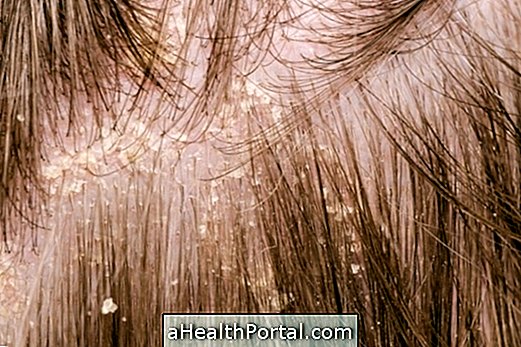
What are the symptoms
The signs and symptoms that usually appear in people with seborrheic dermatitis are:
- Appearance of dandruff on the scalp, hair, eyebrows, beard or mustache;
- Stains with yellowish or whitish scabs on the scalp, face, sides of the nose, eyebrows, ears, eyelids and chest;
- Redness;
- Itching in affected regions.
These symptoms may worsen in stressful situations or due to exposure to cold and dry environments.
Possible causes
It is unclear what causes seborrheic dermatitis, but it seems to be related to the Malassezia fungus, which may be present in the oily secretion of the skin and with an irregular response of the immune system.
In addition, there are factors that may increase the risk of developing this condition such as neurological diseases such as depression or Parkinson's, weakened immune system such as in cases of organ transplant or people with HIV or cancer, stress and taking some medications.

How is the treatment done?
Seborrheic dermatitis may in some cases have no cure and may occur several times throughout life, however an appropriate treatment can control the symptoms for some time.
To treat seborrheic dermatitis, your doctor may recommend the application of creams, shampoos or ointments that have steroids in the composition, which will help control inflammation such as the Betnovate capillary or Diprosalic solution, for example. These products should be used very carefully and should never exceed the number of days of treatment suggested by the doctor.
As a complement, depending on the region affected and the severity of the symptoms, the physician may also recommend products with antifungal composition such as Nizoral or other shampoos containing ketoconazole or cyclopirox.
If treatment does not work or if symptoms return, it may be necessary to take antifungal medicines in a tablet. See more about treatment.
In addition, for the treatment to be more successful, it is very important to always keep the hair and scalp thoroughly clean and dry, remove shampoo and conditioner after bathing, do not use too hot water, decrease alcohol intake and greasy foods and avoid stressful situations.
Home treatment
A good home remedy for treating seborrheic dermatitis is Melaleuca oil, also known as a tea tree, with antibacterial, healing and antifungal properties, which can be applied directly to the affected regions, preferably diluted in another vegetable oil, to avoid reactions in the skin.
Also, slug is also a good option to eliminate dandruff, since it contains enzymes that eliminate dead cells, can be used in cream or gel, or the plant can be applied directly to the skin.

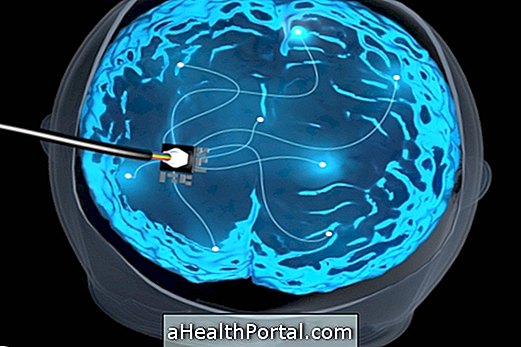
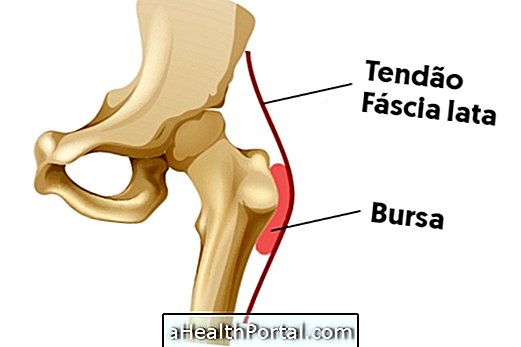

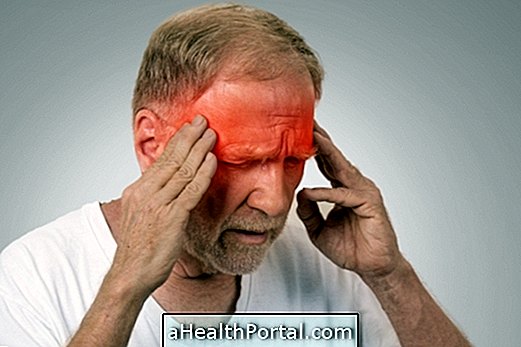




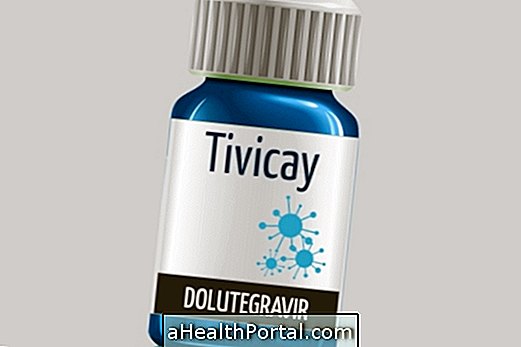

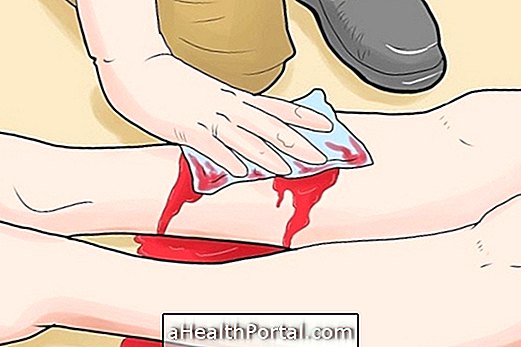


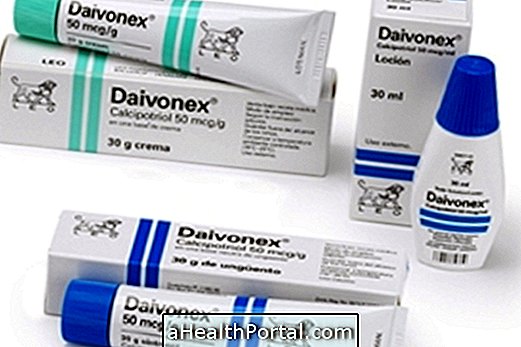


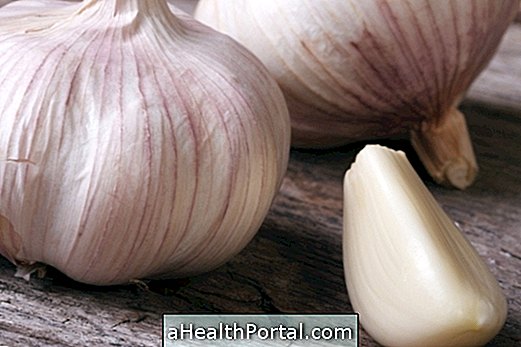

.php)

